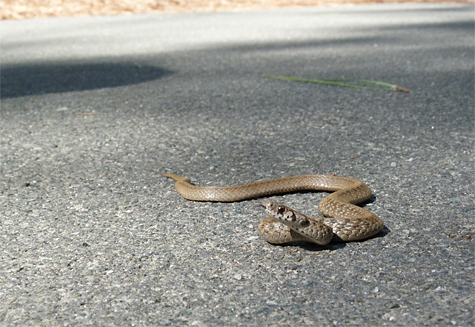
All it took was a bit of warm sunshine and all of the critters came crawling out of the mud and from under logs, rocks and the leaf litter. The amphibians and reptiles made the news this week with new arrivals and increased numbers of previously seen species. Although I’d seen several Brown Snakes earlier in the season, the snake in the photo was the first one I’ve seen alive and making its way across the path here at the Museum.
Northern Water Snakes, usually out sunning in March, were absent until this past week. Big Red, a large female made her way down to the water on Wednesday afternoon (4/2).
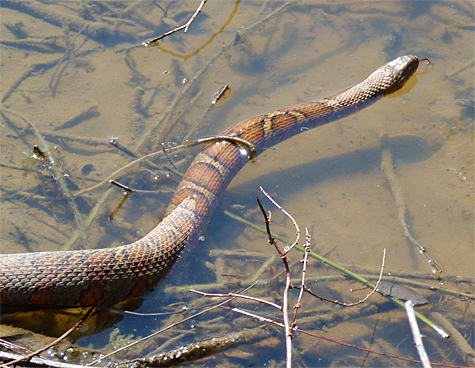
Seen the same day as the water snake above was the first of the season American Toad. Although most of the previous two months have been cooler than normal, there was a brief (very brief) warm spell a little over a month back. I heard one toad call during that time. It shut down quickly. Typically, I hear or see the bulk of American Toads around the middle of March. That’s their normal breeding period. They are two to three weeks behind schedule.
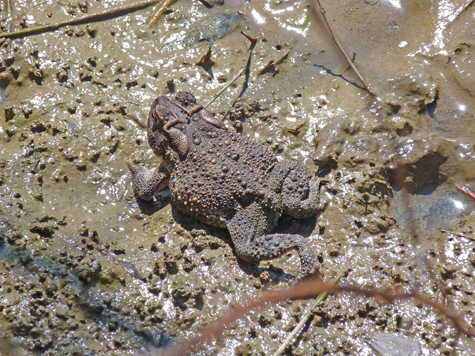
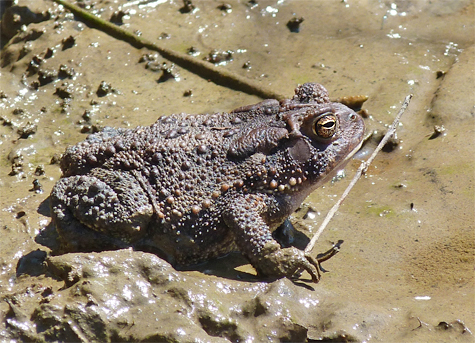
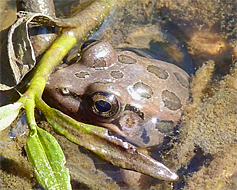
Pickerel Frogs, which have been calling from the Wetlands off and on for the past month, are continuing to do so, but with more urgency. There are more of them and I’ve been seeing egg masses in the vegetation.
I expect there’ll be cricket frogs joining the chorus soon. I’m also beginning to see more female bullfrogs emerge from their torpor.
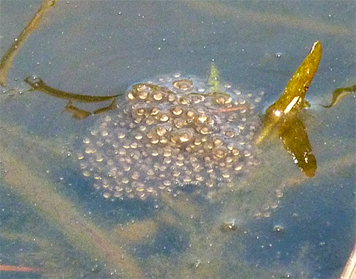
If you’ve been out to Explore the Wild you’ve no doubt seen turtles out basking on the rocks and logs of the Wetlands. Last week’s warm sunshine brought them out in numbers.
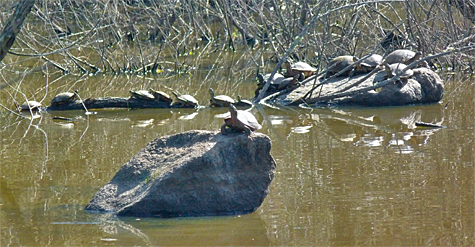
So, if you want to see reptiles or amphibians all you have to do is apply heat, sit back and wait, and they will appear!
Hey Greg-
how many species of snakes have you seen on grounds?
I personally have seen ten species.
Worm Snake
Black Racer
Black Rat Snake
Northern Water Snake
Rough Green Snake
Brown Snake
Eastern Garter Snake
Rough Earth Snake
Smooth Earth Snake
Copperhead
I know there are others possible, but that’s my list so far.
Thanks,